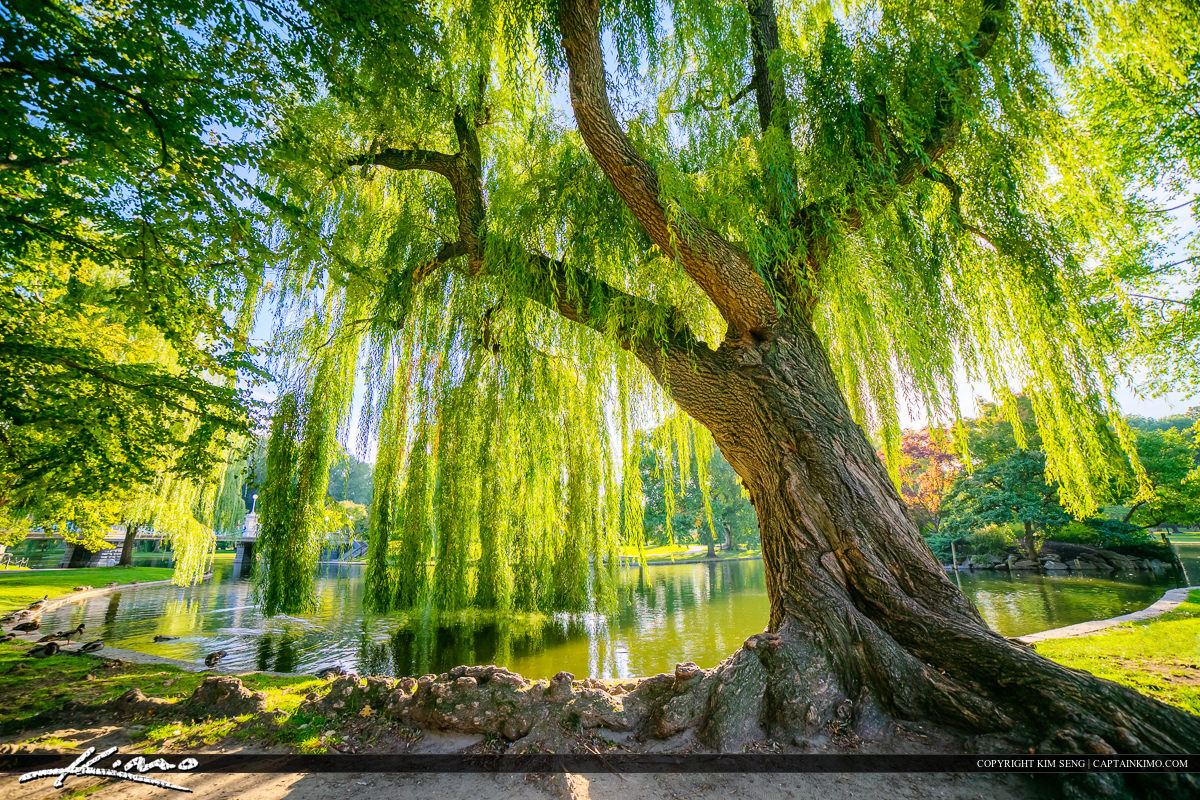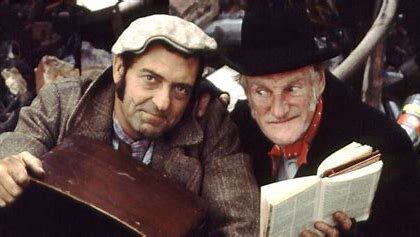What is the difference between Willow and Wicker?

Wicker coffins, often made from natural materials like willow or bamboo, provide an eco-friendly alternative to traditional burial options. They can be biodegradable and often feature unique, handcrafted designs. This choice is appealing for those looking for a more sustainable, natural way to honor loved ones. Wicker coffins can also evoke a sense of warmth and connection to nature, aligning with values of simplicity and minimalism.
Wicker and willow refer to different concepts, though they are related:
- Willow: This is a type of tree or shrub belonging to the Salix genus. Willow branches are flexible and are commonly used for weaving.
- Wicker: This term describes a weaving technique, often involving materials like willow, reed, or rattan. When something is described as “wicker,” it usually refers to the finished product, such as furniture or, in the case of coffins, a woven container.
In summary, willow is a material, while wicker refers to the method of weaving that can use willow among other materials.
English wicker weaving has a rich history, dating back to ancient times. Traditionally, it involves using flexible materials like willow, rushes, and other natural fibers to create various functional and decorative items.
- Materials: While willow is the most common material, other plants like osiers and rushes can also be used. The choice of material often depends on the desired strength and flexibility.
- Techniques: Various weaving techniques exist, including coiling, twining, and plaiting. These techniques can create everything from baskets and furniture to decorative pieces.
- Regional Styles: Different regions in England have developed unique styles of wickerwork. For instance, the Somerset and Sussex areas are particularly known for their high-quality willow weaving.
- Modern Applications: Today, wicker weaving continues to thrive, with artisans creating contemporary designs while also preserving traditional techniques. It’s used in furniture, home decor, and eco-friendly coffins.
- Sustainability: Wicker weaving is often celebrated for its sustainability, as it uses renewable materials and can be biodegradable.
If you’re curious about specific techniques, products, or current artisans in the field, let me know!
Recommended Posts

Online coffin shopping, is that the future ?
February 13, 2025

Oak Coffins: Unveiling the Differences Between Solid Wood and Veneer
February 12, 2025

